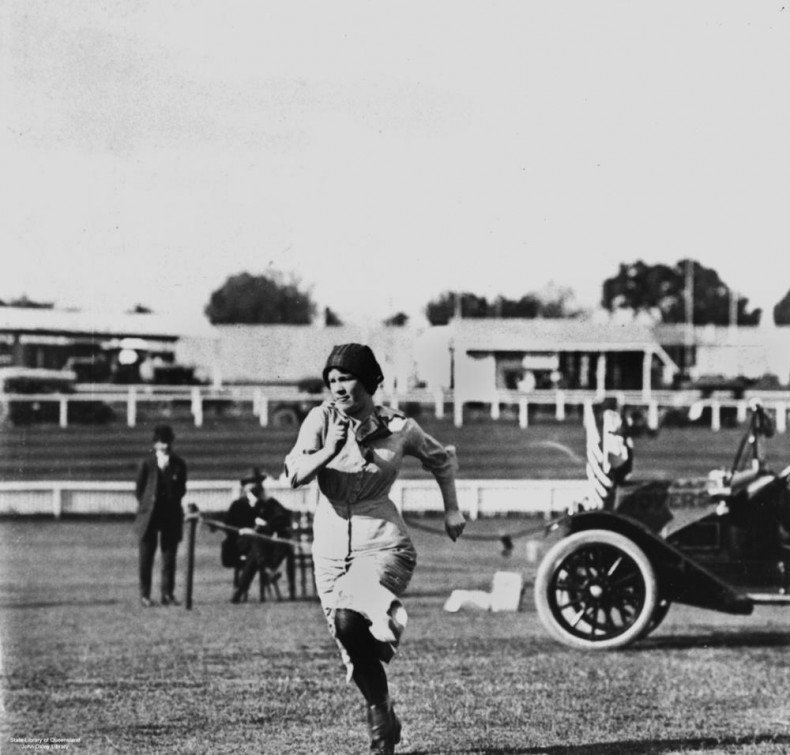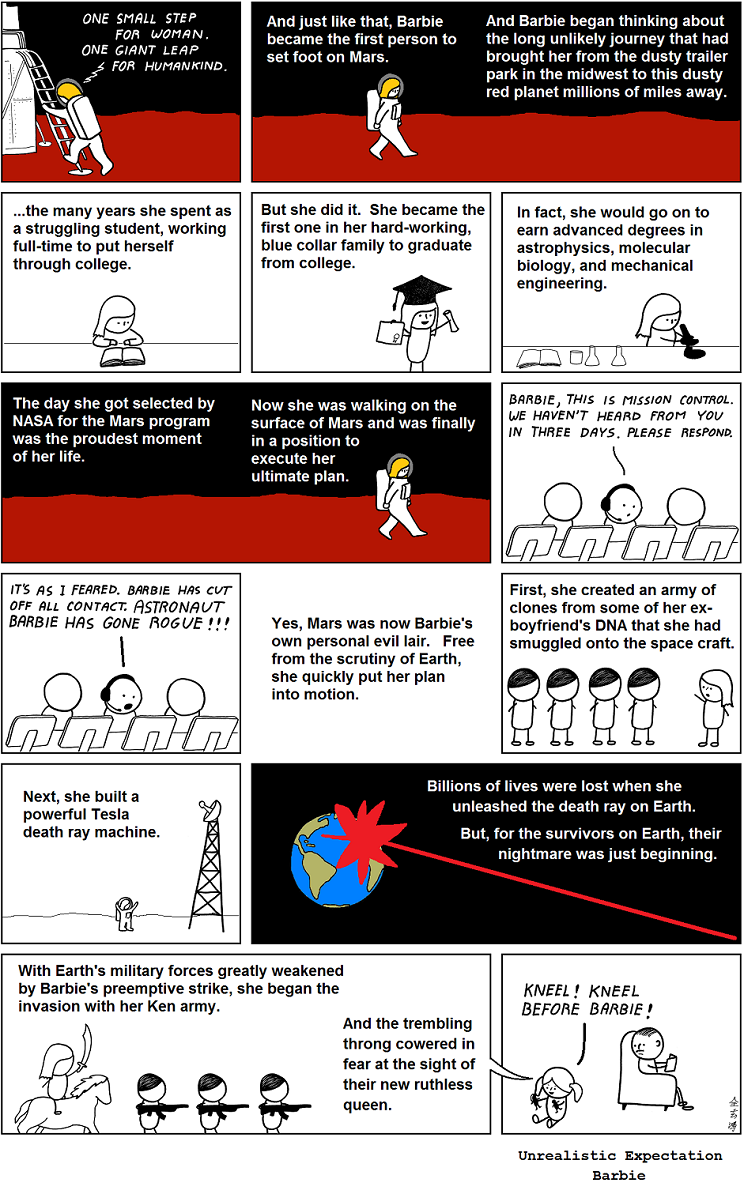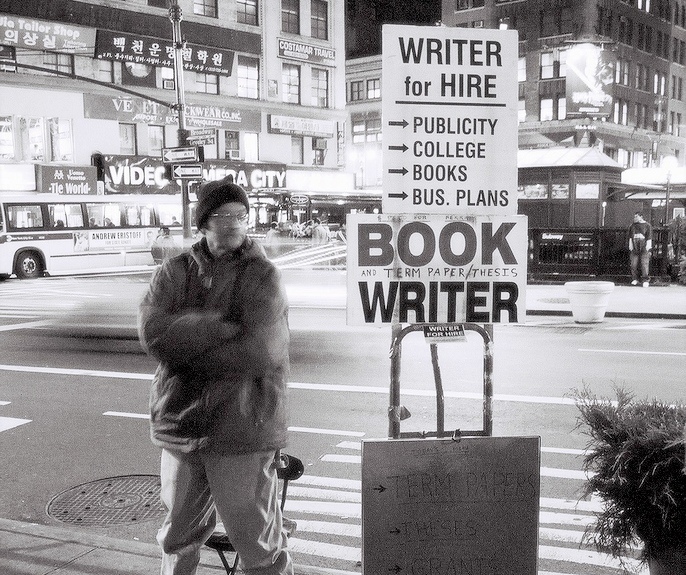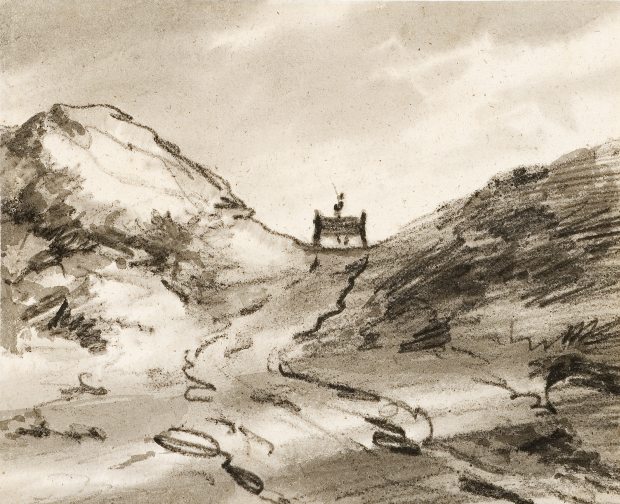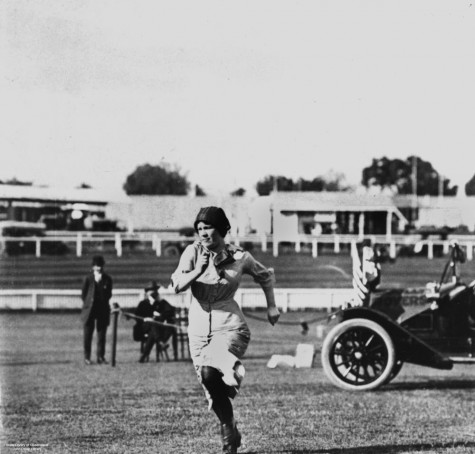
July 28—August 1, 2014
The ever-helpful Abstruse Goose swoops in to start the week with a vision of astronaut Barbie going rogue and unleashing her vengeance on Earth. Unrealistic expectations, according to AG—but why, I wonder?
I’m particularly wondering this after seeing 5’0” Kacy Catanzaro climb up walls and hurl herself through obstacles to become the first woman to qualify for the American Ninja Warrior finals.
Before Tuesday, I’d never heard of American Ninja Warrior, and I sure didn’t think I’d spent seven minutes of my life watching it. But after reading Cassie’s post on women’s bodies “as strong and capable as we train them to be,” I have, and I did. And like Cassie, I want to break out the champagne.
Also deserving of a toast, many thousands of years after the fact, are those who paddled uncharted waters. Craig visited St. Lawrence Island, once a part of the Bering land bridge, to see that sea, not land, may have been the way early settlers traveled from Asia to the Americas. (And still travel, as one man on an icebreaker learned.)
One of the perils of the sea these travelers may have faced is lightning—a danger that hasn’t gone away, even in an age of smartphone storm tracking. I write about bolts from the not-so blue, both recent and remembered.
And Christie is enlightened by tracking her own workflow. “Tracking outcomes is often tedious, but it’s worth doing, because it turns out that we’re not very good at judging our performance.” Then why, she asks, are we not doing it when it comes to new medical treatments? Maybe ignorance is bliss, after all—particularly if Astronaut Barbie is out there building her Tesla death ray.
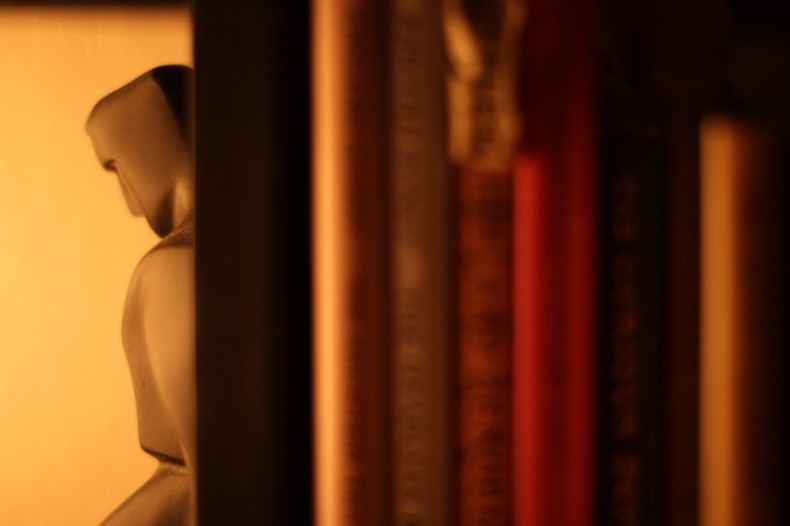 Richard: A few months ago, Ann wrote a post about beauty and truth in science writing. I object to neither. But she seemed to take exception to a “literary nonfiction” approach to science, and I wondered what in particular her objections were. So I thought I’d ask her. Hey, Ann, what gives?
Richard: A few months ago, Ann wrote a post about beauty and truth in science writing. I object to neither. But she seemed to take exception to a “literary nonfiction” approach to science, and I wondered what in particular her objections were. So I thought I’d ask her. Hey, Ann, what gives? 

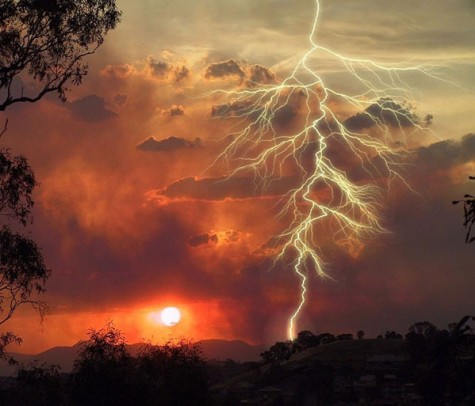 Last weekend there was an unseasonal lightning storm on the coast. Not here (thank goodness, for
Last weekend there was an unseasonal lightning storm on the coast. Not here (thank goodness, for 